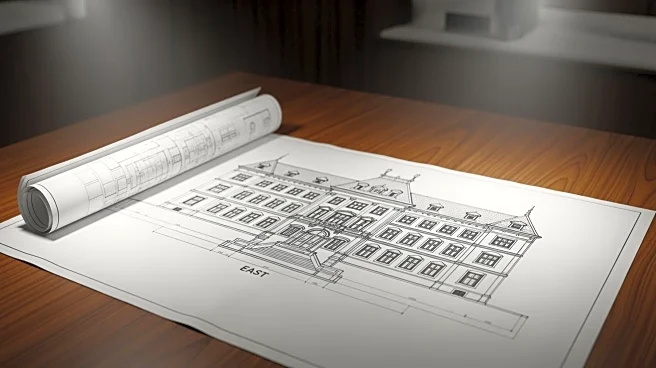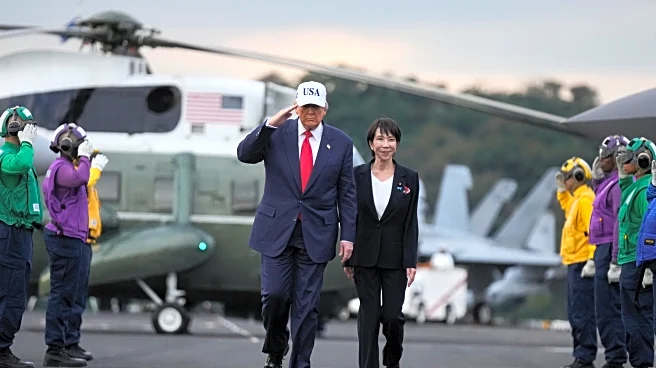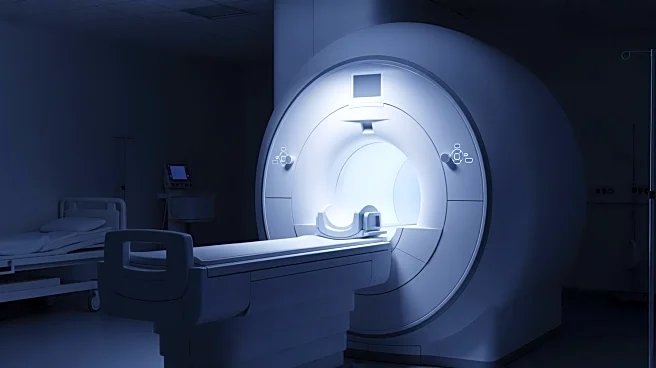What's Happening?
President Trump has initiated the demolition of the East Wing of the White House to make way for a new 90,000-square-foot ballroom. This decision has sparked controversy among historians and preservationists,
as the East Wing has historically housed the Office of the First Lady and served as a public entrance for tours. The demolition is part of a $300 million project funded by private donors, aimed at expanding the White House's capacity to host large events. The White House, exempt from the National Historic Preservation Act, is undergoing its first major exterior change in 83 years.
Why It's Important?
The demolition of the East Wing represents a significant shift in the historical landscape of the White House, affecting the role and visibility of the First Lady's office. This move has drawn criticism from historians who argue that such changes should undergo rigorous review processes. The ballroom's construction could alter the way state functions are conducted, potentially increasing the White House's ability to host international dignitaries. However, it also raises concerns about preserving historical integrity and the symbolic role of the First Lady in American politics.
What's Next?
The construction of the ballroom is expected to continue, with the White House defending the project as necessary for modernizing its facilities. The controversy may lead to further discussions on the preservation of historical sites and the balance between modernization and maintaining historical significance. Stakeholders, including historians and former White House staff, may continue to voice their opposition, potentially influencing public opinion and future preservation policies.
Beyond the Headlines
The demolition of the East Wing could symbolize a diminishing role for the First Lady, as the space traditionally associated with her office is removed. This change may reflect broader shifts in the perception and function of the First Lady's role in the White House, potentially impacting future administrations and their approach to the position.













